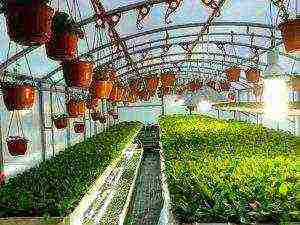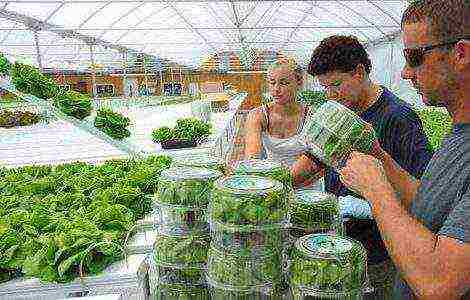Content
Recently, gardeners in greenhouses have switched to parthenocarpic cucumber hybrids and undeservedly refuse bee-pollinated long-leaved varieties, especially if you live in rural areas.
With the right approach, bee-pollinated varieties can be more productive and surpass hybrids in taste and marketability. They tend to be more resistant to diseases such as peronosporosis, anthracosis and others.
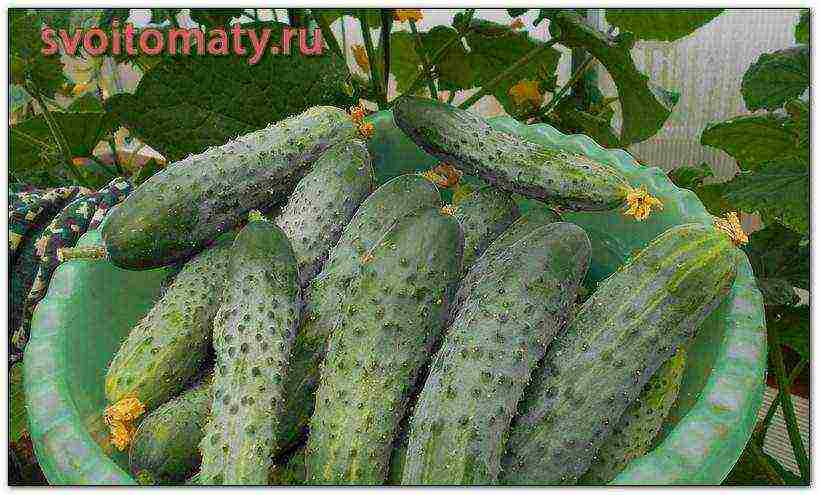
Of course, in order to grow bee-pollinated cucumbers, a number of conditions must be met
First and a necessary condition is to find out if there are bumblebees on your site, only they are able to pollinate cucumbers in greenhouses, since bees do not fly into them, but bumblebees do it with pleasure, especially in the morning and evening hours.
Second the condition is formation, and here there are two options, the choice depends on the variety and on how it will grow. It is necessary to see what kind of flowers the cucumber will form on the main stem, male or female. Of course, both types of flowers are needed, but in order to get a good harvest, by shaping it is necessary to ensure that there are as many female flowers as possible, because only they can form ovaries and develop fruits.
Option one: allow the main stem to grow, not paying attention to the genus of flowers, and if the female flowers are not enough, the stepsons are allowed to grow, pinching them after the first or second leaf. If male flowers predominate on the stepchildren in the bosoms, then stepchildren of the second order are allowed to develop. As a rule, this is enough for female flowers with ovaries to appear.
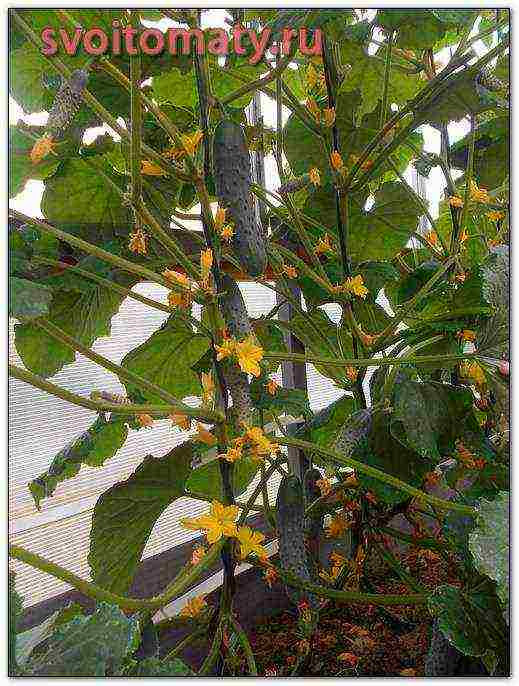
Option two: if only male flowers grow on the main stem, then after the fifth or sixth leaf it is pinched and replaced by a stepson, which develops from under the last leaf, the rest of the formation is carried out in the same way as in the first case.
It is worth saying that stepchildren of long-leaved cucumbers develop very quickly, so it is worth monitoring and constantly removing or pinching the excess ones, otherwise they will quickly thicken the plantings, which will lead to poor lighting and poor accessibility to plants, and ultimately to uncontrolled thickets.
The conditions for growth are the same with other varieties, namely good lighting, high humidity, no drafts, regular watering, and of course fertile soil rich in organic matter.
Formation of bee-pollinated cucumbers in the greenhouse (Video)
(
votes, average:
out of 5)
Loading …
•
Among the bee-pollinated varieties and hybrids of cucumbers, there are many very worthy in terms of yield and taste, which many summer residents still grow in greenhouses. What difficulties can there be? 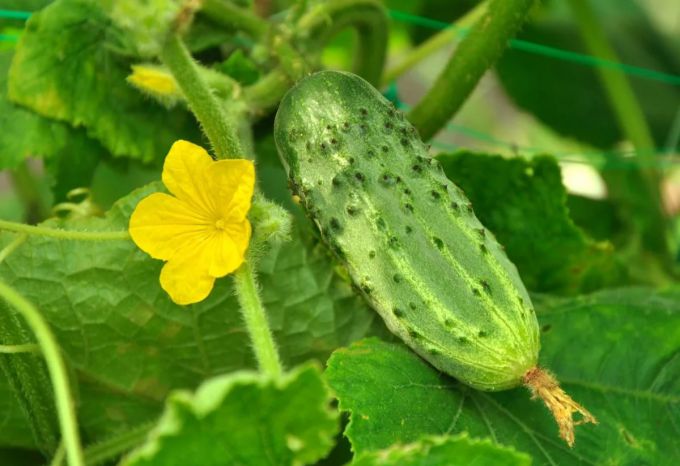
Undoubtedly, today it is much easier to choose parthenocarpic hybrids, which are much easier to work with in greenhouses, much more convenient. There is no need to worry that the cucumbers will not tie due to the lack of pollinating insects. And there are so many self-pollinated hybrids for every taste. Summer residents, who fell in love with their varieties and hybrids, bee-pollinated with a female type of flowering, continue to grow them both in film greenhouses and in polycarbonate ones. What do you need to know when planting them in greenhouses?
- Pollination must take place for the cucumbers to set. To do this, planting bee-pollinated varieties is done closer to the front doors, windows, vents. Insects, which are necessary for pollination of fruits, should immediately take a liking to such bushes and "work" for the good of the harvest.
When planting varieties of the female "battalion" deep into the greenhouse, you can not wait for the harvest. 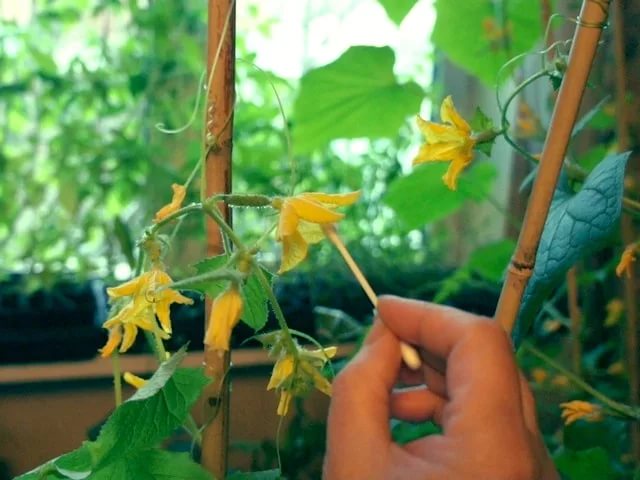 There is only one way out - to work as bees in the morning, which is still laborious.
There is only one way out - to work as bees in the morning, which is still laborious.
- By planting bee-pollinated varieties and parthenocarpics in one greenhouse, you can get ugly fruits from self-pollinated if insects interfere with pollination. In this case, there will be a loss of product quality.
The most reliable would be to plant bee-pollinated varieties in tunnels, greenhouses, temporary shelters, where there is a possibility for insects to access flowers. When planting only varieties or hybrids with a female type of flowering, it is recommended to plant several plants of bee-pollinated varieties with them, in which both female and male flowers are formed on the whips. This is beneficial for pollination and the yield will always be greater.
Source
|
Tell me, is it possible to plant parthenocarpic cucumbers together with self-pollinated ones? I really like pickled cucumbers, which varieties are better to plant.
Similar questions:
See also:
Your response:If you want to add a comment to the question or check with its author for details - not use this form, and click "Clarify / discuss a question" under the text of the question! |
Here you can ask questions,
|
Bee pollinated and parthenocarpic cucumbers are not competitors; they complement each other. At the same time, despite the fact that a pollination process is needed for the formation of greens in bee-pollinated forms, bee-pollinated cucumbers have a number of advantages.
Firstly, greens of bee-pollinated cucumber hybrids are more useful, as they have an increased content of biologically active substances, vitamins and carbohydrates due to the seeds being formed.
Secondly, it is the bee-pollinated hybrids that provide the highest quality raw materials for traditional pickling, to obtain the popular classic Russian pickled cucumber.
Moreover, unique samples have been created that combine the taste of old varieties with complex disease resistance, cold resistance, shade tolerance, super-beaminess and many other valuable traits.
Bee pollinated summer cucumber hybrids
Modern bee-pollinated summer cucumber hybrids of the "Manul" breeding - female type of flowering (such hybrids are the most productive); for high-quality pollination, 10-15% of the pollinator is sown to them.To this end, the selection and seed company "Manul" has created special pollinator hybrids:
- white-thorn F1 Nectar
- blackthorn F1 Bumblebeecharacterized by a long flowering period with male flowers.
F1 Nectar and F1 Bumblebee not only provide high-quality pollination of plants with a large number of female flowers, but also themselves yield cucumbers with high pickling qualities.
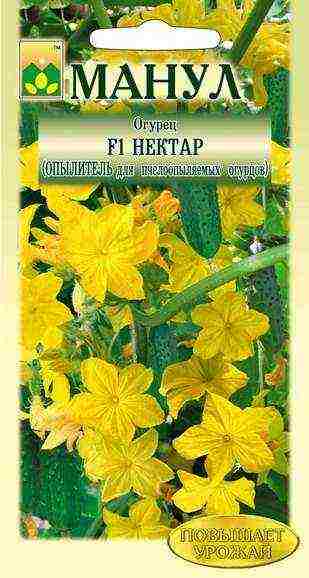

Bee-pollinated beam hybrids
Summer productive bee-pollinated bunch hybrids (F1 True friends, F1 Captain, F1 Acorn, F Teremok, F1 ABC, F1 Compass, as well as F1 Saltan with a partial manifestation of parthenocarp) differ from others in the abundance of ovaries, their large size, which makes it possible to collect even non-pollinated ovaries in small cans for canning (mini-pickles). In each node, from 2-3 to 6-8-12 ovaries are formed. Zelentsi are 8-12 cm long, large tubercles, black or white thorns, the frequency of tubercles is average (Russian type of pubescence).
F1 Captain and F1 Acorn have a new valuable feature - slow growth of fruits, preventing their outgrowth. These technological hybrids with high salting qualities are created for industrial and amateur canning (pickles) and salting (gherkins).
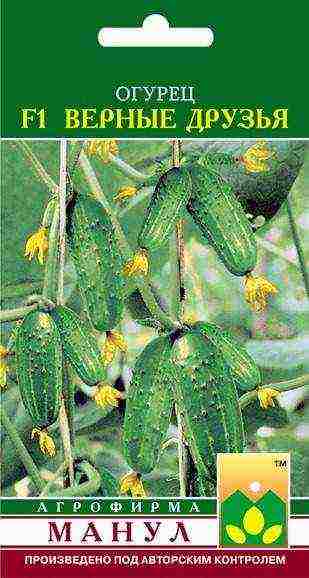
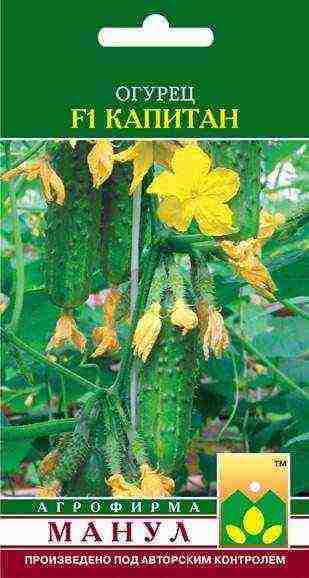
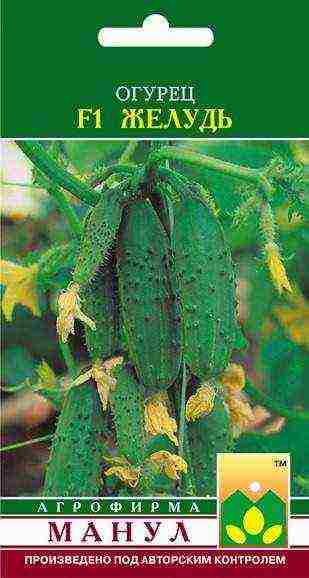

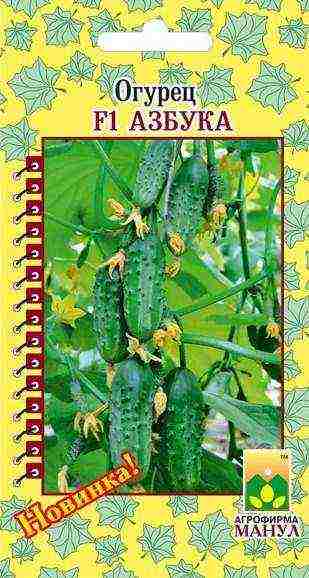
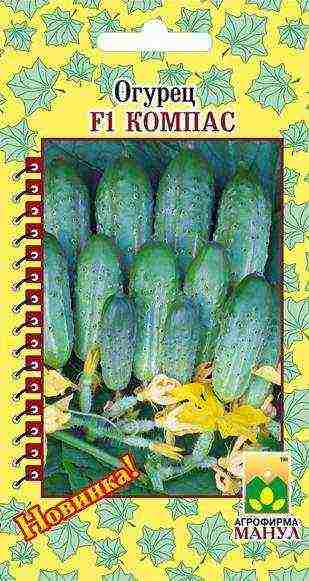
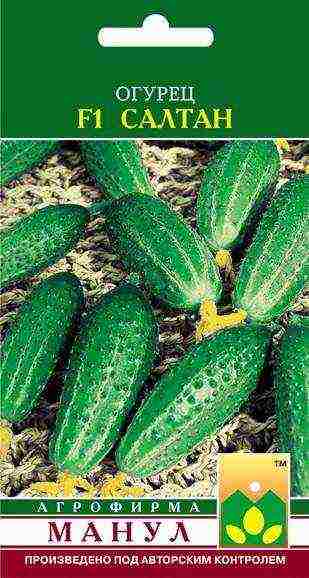
Classic hybrids
The second group of summer bee-pollinated cucumbers is the classic hybrids known to everyone with the simultaneous filling of a large number of zelents on the plant: F1 Farmer, F1 Lord, F1 Maiskycharacterized by high salting qualities.
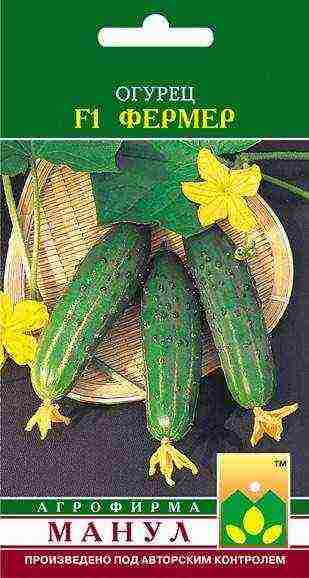
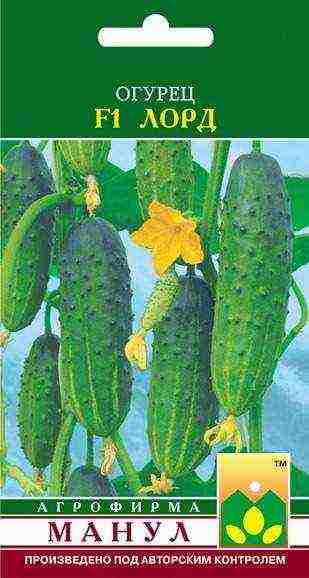
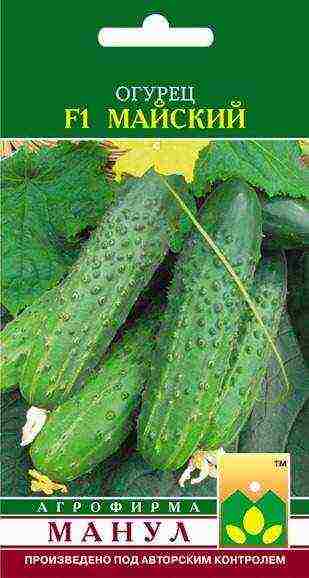
Shade-tolerant salad hybrids
The third group of bee-pollinated cucumbers - shade-tolerant salad hybrids of the winter-spring ecotype of the Relay variety - with a great inimitable taste, which have no analogues in the world: F1 Relay, F1 Olympiad, F1 Pallas' cat. Zelentsy are beautiful, lumpy, white-spiked, 15-20 cm long.
These are hybrids of a predominantly female type of flowering, they also form male flowers, but they may not be enough, and therefore it is also better to sow a pollinator to them: a specialized F1 Gladiator or summer pollinators F1 Nectar, F1 Bumblebee.
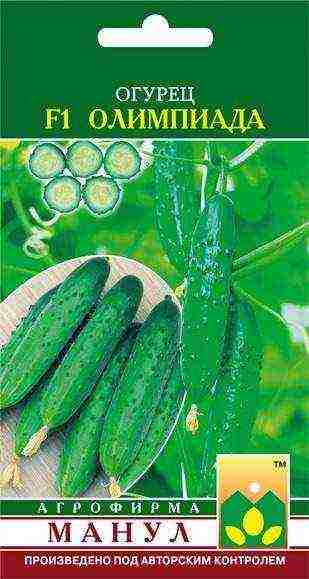
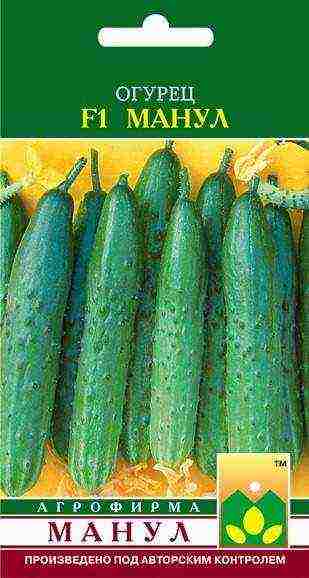
Modern bee-pollinated hybrids are of the female type of flowering: such hybrids are the most productive. For pollination of female flowers and the growth of ovaries (filling of zelents), pollen is needed, which is formed in male flowers (barren flowers). Therefore, a pollinator hybrid is sown to female bee-pollinated hybrids, which forms a large number of male flowers. For 9-10 plants of the main bee-pollinated hybrids, one pollinator plant is enough.
Many gardeners ask: is it possible to grow bee-pollinated cucumber hybrids in tunnels and greenhouses?
According to long-term observations of specialists, vegetable growers, the cultivation of bee-pollinated hybrids in such conditions is possible, provided that the film is open during daylight hours.
Bee-pollinated cucumber hybrids, in comparison with parthenocarpic ones, are more resistant to diseases and pests, cold-resistant, shade-tolerant, heat-resistant, contain more biologically active substances, vitamins, carbohydrates. It is believed that in terms of salting qualities they are superior to parthenocarpic hybrids, since they have a denser fruit consistency.

For detailed information about our hybrids and varieties of vegetable crops, the technology of their cultivation, see the website: "Author's seeds of vegetable crops"
